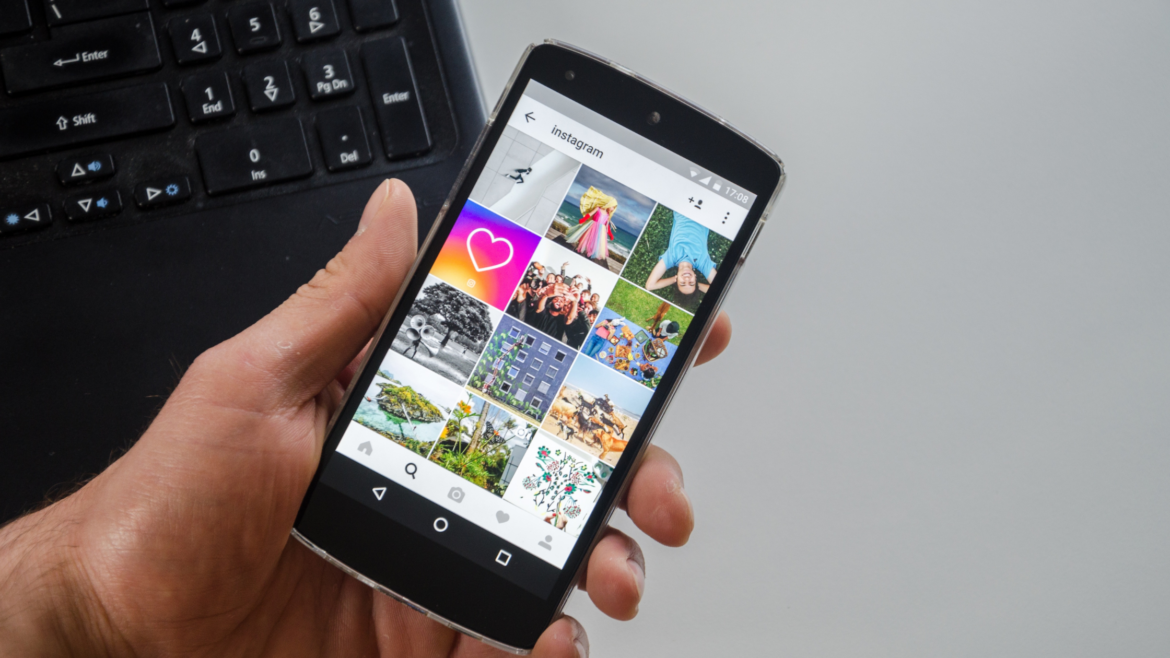Navigating the Great Link Debate: Social Media Platforms and External Links in 2024
https://thejpgagency.com/wp-content/uploads/2024/11/JPG-Agency-Social-Media-Merketing-Link-Tips-1024x576.png 1024 576 Zack Jackson Zack Jackson https://secure.gravatar.com/avatar/879dbd3763b69b1658dda607abbb88c40494b2e0549d14558bc68c65ac41ebe4?s=96&d=mm&r=gSocial media platforms have become essential tools for small businesses and content creators to connect with audiences and grow their brands. But there’s a catch: not all platforms treat external links equally. Some embrace them, while others seem to view them as uninvited guests. Let’s break down where the major platforms stand on external links and how businesses can craft their strategies to thrive within these guidelines.
The Link Wars: Platform by Platform
- X (formerly Twitter): A “Rival-Free Zone”
Since Elon Musk’s acquisition, X has tightened its policies on external links, especially those leading to rival platforms like Instagram, YouTube, or Mastodon. Posts with such links are often deboosted, reducing their visibility. Even Linktree-style tools face restrictions, making it tougher for creators to cross-promote. Pro Tip: Instead of linking out, focus on engaging content that keeps the conversation within X. Try using multimedia posts, like polls or short videos, to share your story. When you must share a link, keep it subtle and test for engagement.
- Facebook and Instagram: Links, but with Limits
Meta platforms allow external links, but they don’t come without a price. Posts with links often see lower organic reach, as the algorithm prioritizes content that keeps users on the platform.. How to Win: Leverage Stories and Reels for link stickers or use “link in bio” calls to action. In-feed posts should focus on engagement, with links reserved for comments or follow-up conversations.
- TikTok: Dancing in Its Own World
TikTok prefers to keep users engaged on its platform. External links in captions or comments? Not a fan. TikTok even limits the clickable bio link to drive revenue through its ecosystem. Workaround: Use content to build intrigue. Spark curiosity with storytelling or hints that direct viewers to your bio link. Your TikTok profile is prime real estate—optimize it to make that single link work overtime.
- LinkedIn: The Most Link-Friendly Player
Professional yet practical, LinkedIn is more open to external links, especially when they add value to the audience. However, native content such as PDFs or articles still tends to outperform link-heavy posts. Optimization Idea: Share links sparingly and consider uploading resources directly. For example, convert a blog post into a native article or PDF with actionable tips.
Why Do Platforms Dislike External Links?
Social media platforms thrive on user attention. When you link externally, users leave the platform—taking their engagement and ad-viewing potential with them. Platforms like X and TikTok tighten link policies to maximize retention, while LinkedIn focuses more on value-driven interactions.
How to Thrive Despite the Restrictions
The key to success in this “link-limiting” landscape lies in adaptability. Here’s how small businesses and creators can maximize their reach without falling foul of platform algorithms:
- Prioritize Native Content:
Craft posts that deliver immediate value—infographics, videos, or mini-tutorials. This keeps your audience engaged and boosts your content’s algorithmic reach. - Use Links Strategically:
When platforms restrict links, work around them. Embed links in bio sections, Stories, or comments. Platforms like TikTok and Instagram allow creative placements that feel less intrusive. - Build Curiosity:
Instead of outright linking to a product or blog, tease it. Phrases like, “You’ll never believe the 3rd tip…” drive interest and engagement. - Experiment with Content Types:
Try using interactive content like polls, quizzes, or Q&A sessions. These not only boost engagement but also keep your audience on the platform longer. - Leverage Analytics:
Pay close attention to what works. Test different strategies—native posts, subtle link mentions, and bio redirects—and measure engagement.
Conclusion: Play by the Rules to Beat the Game
The evolving landscape of external links on social platforms can feel restrictive, but with a strategic approach, small businesses and creators can thrive. By focusing on native content, creative engagement strategies, and thoughtful use of links, you can navigate the algorithms’ quirks while growing your online presence.
Ready to revolutionize your social media strategy? Let’s connect and create a customized plan that works for your business. Whether it’s building a TikTok bio that pops or crafting LinkedIn PDFs that convert, our team is here to help! Reach out today.






